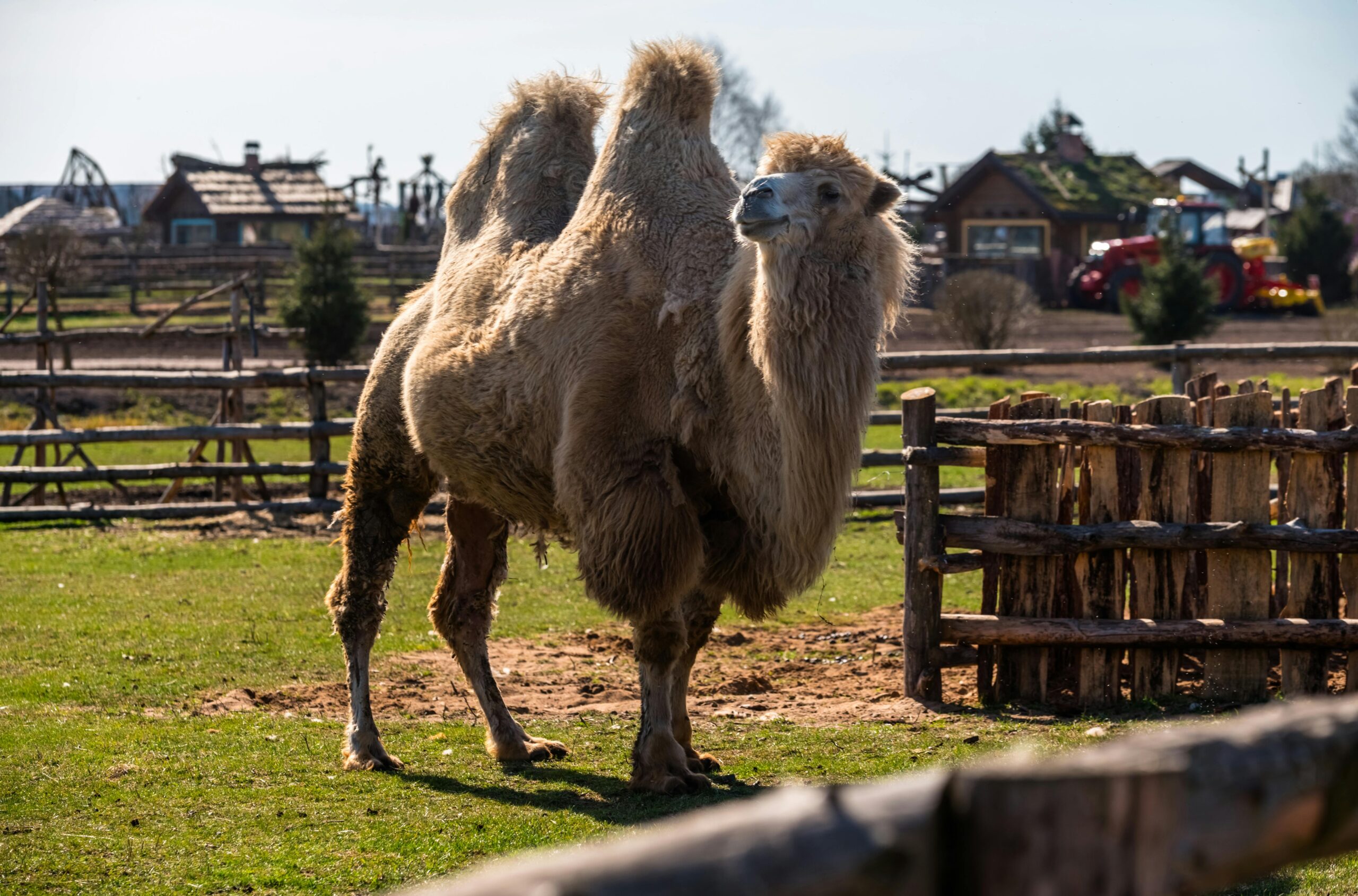What do you know about the ship of the dessert?

Camels are fascinating creatures that are well-adapted to survive in desert environments. They are known for their distinctive humps, long legs, and ability to go long periods without water.
Camels have been domesticated for thousands of years and are used by humans for transportation, milk, and meat. They are also highly valued for their ability to carry heavy loads across harsh terrains. Camels are known for their resilience and can withstand extreme temperatures and thrive in arid conditions.
Their unique physiological features, such as their humps and ability to conserve water, make them well-suited for desert life.
Here are some more interesting facts about camels:
1. There are two main species of camels: the dromedary, also known as the Arabian camel, and the Bactrian camel. The dromedary has a single hump, while the Bactrian camel has two humps.
2. Humps: Contrary to popular belief, a camel’s hump is not filled with water. It actually stores fatty tissue, which can be converted into energy when food and water sources are scarce. The humps help camels survive for long periods without food and water.
3. Water conservation: Camels have several adaptations that allow them to conserve water. They can go for several days without drinking and can lose up to 40% of their body weight in water without experiencing dehydration. Their kidneys are highly efficient at retaining water, and their nostrils have special muscles that can close to prevent water loss during exhalation.
4. Long eyelashes and nostrils: Camels have long, thick eyelashes that protect their eyes from the harsh desert sand and dust. They also have slit-like nostrils that can be closed to keep out blowing sand.
5. Excellent navigators: Camels have an amazing sense of direction and can navigate through the desert with ease. They have been used as reliable transportation for centuries, allowing people to travel long distances across arid landscapes.
6. Social animals: Camels are social animals and are known to form strong bonds with their herd members. They communicate through various vocalizations, body postures, and even facial expressions.
7. Versatility diet: Camels are herbivores and can eat a wide variety of plants, including thorny desert shrubs. They have a tough lining in their mouths that protects them from thorns and other sharp objects.
8. Lifespan: Camels have a relatively long lifespan, with dromedary camels living up to 40 years and Bactrian camels living up to 50 years.

Reproduction in camels
Reproduction in camels involves mating behavior, a long gestation period, the birth of a single calves, and maternal care. Male camels compete for female attention during the mating season, and successful males mount the females from behind for a quick mating process.
The gestation period is around 13 to 14 months, one of the longest among mammals. Female camels give birth to single calves, which are born with a fully functional hump and quickly become independent. Female camels provide attentive maternal care, nursing the calf and forming a strong bond. Camels have unique adaptations for reproduction in challenging desert environments.
Overall, camels are fascinating creatures with remarkable adaptations that enable them to thrive in some of the harshest environments on Earth.




